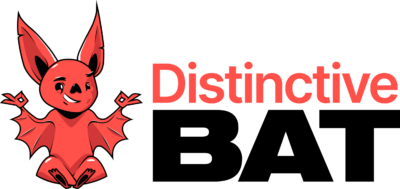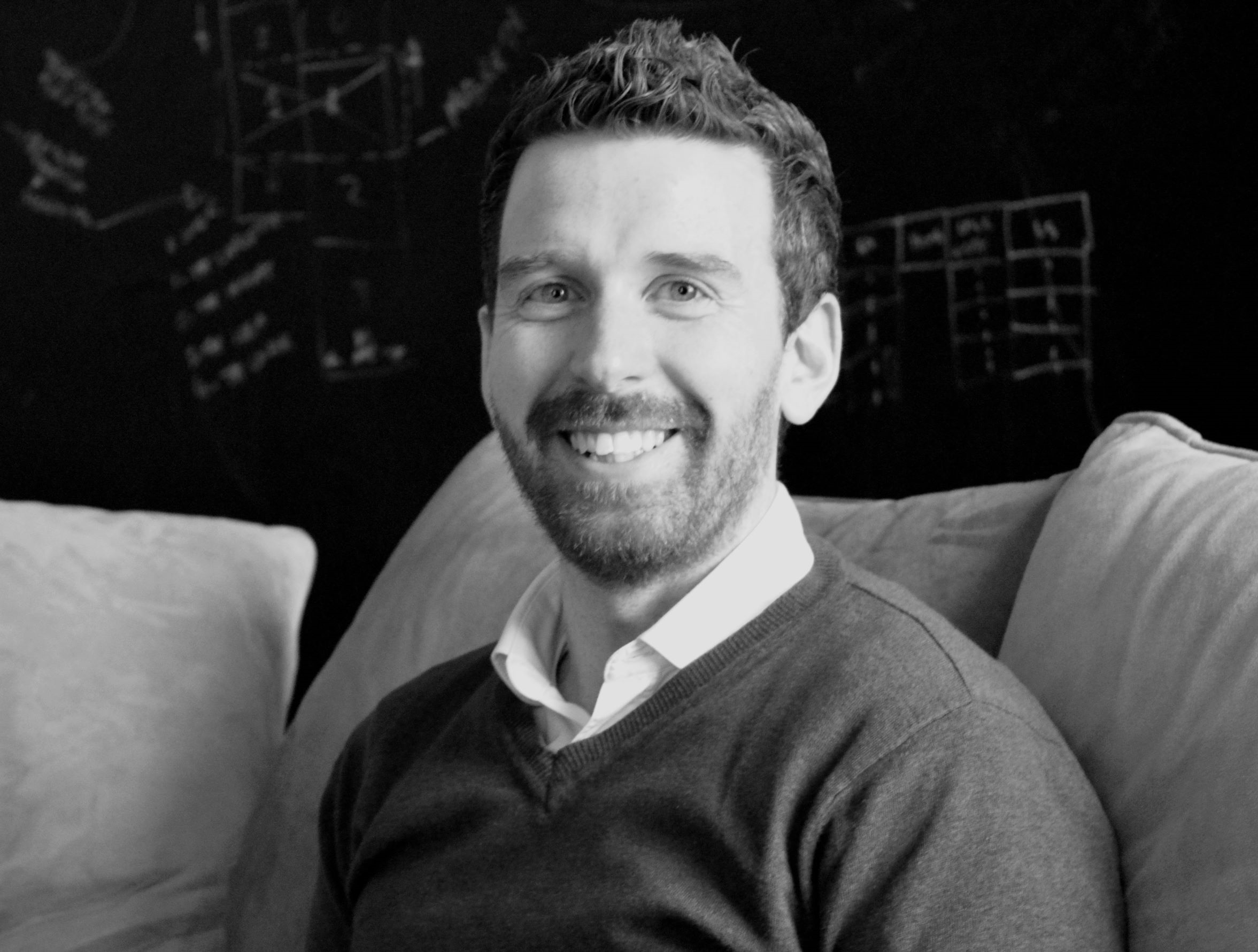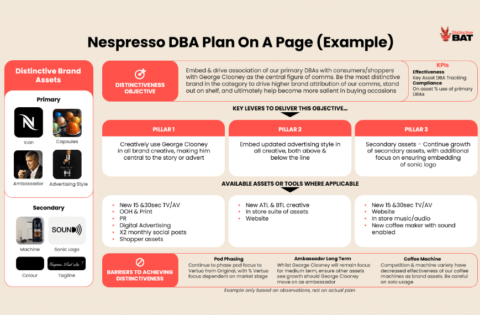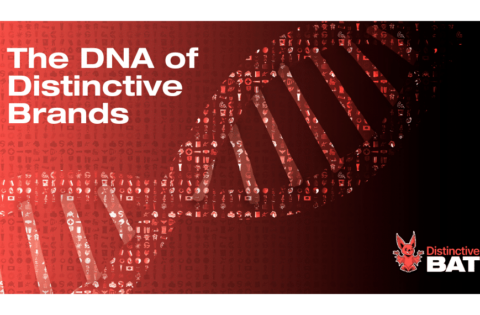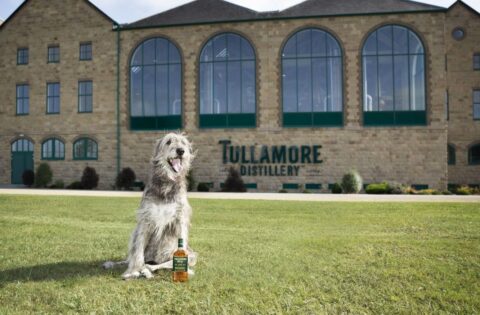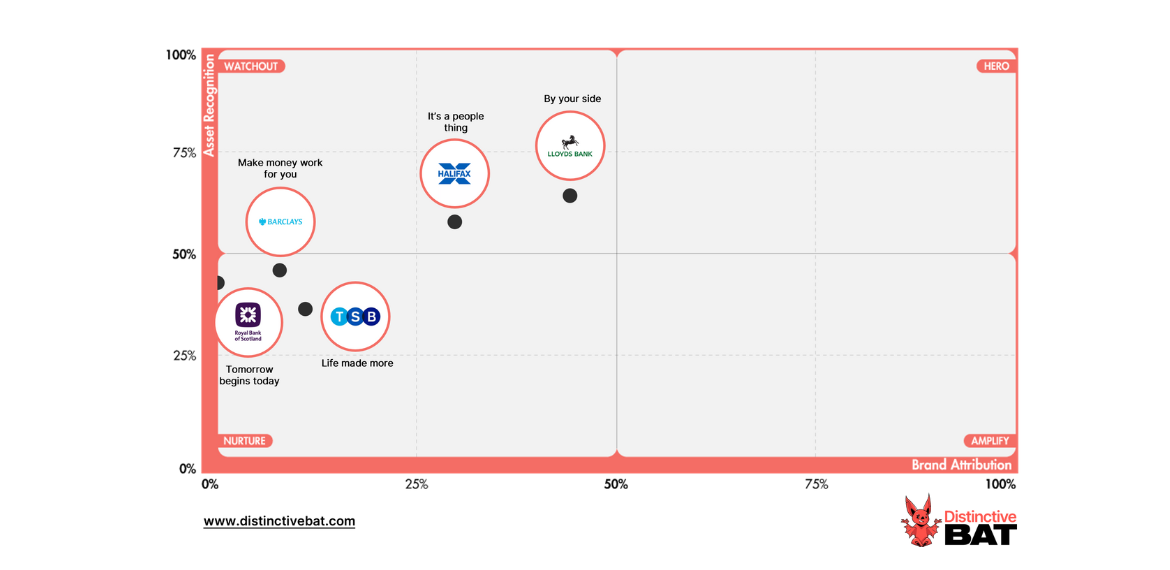
Taglines: Acquaintance Of Distinctiveness, Bedfellow Of Differentiation
Taglines: Acquaintance Of Distinctiveness, Bedfellow Of Differentiation
Taglines are often held up as one of the best examples of Distinctive Brand Assets. The likes of “Just Do It”, “I’m Lovin’ It”, and “The Best a Man Can Get” are some iconic examples of taglines where the brand owner instantly comes to mind. Nike, McDonald’s and Gillette have been consistent in their use, utilising the taglines over a long period of time and backing them with big big media budgets. But as you move away from the iconic brands of this world, it is rarer to see taglines that instantly prompt the correct brand amongst the majority of category buyers.
We actually see tagline score as one of the lowest asset types in distinctive asset measurement studies and they mainly underperform across most distinctiveness metrics.
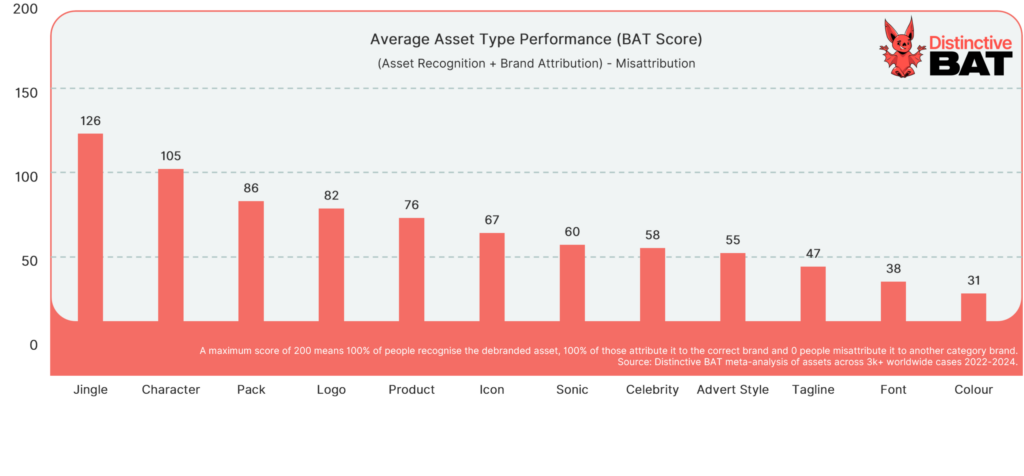
Taking a look at some high-reach categories with big-spending brands, we can see how difficult it is for taglines to stick in people’s memories. Looking at the U.K. banking category (amongst a nat rep sample of 500 U.K. consumers), not one tagline tested reaches Hero status, that is at least 50% of respondents recognising it, and at least 50% of respondents spontaneously attributing it back to the correct brand. And these are brands with some serious budgets. Barclays, for example, saw only 8% Brand Attribution and 43% Asset Recognition for their tagline, despite it featuring on ads which on YouTube alone had 26 million views, and this would only likely represent 5-15% of the potential budget/reach (based on normal media spend channel allocations).
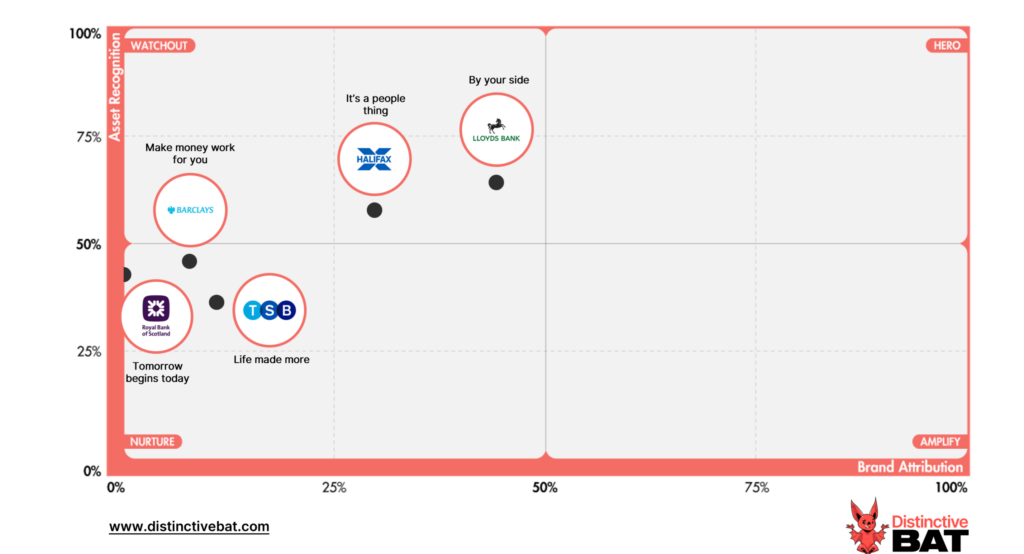
Looking at the U.K. telco category, we also see taglines score relatively low. These results even surprised us, given the massive reach and investment these brands put behind advertising.
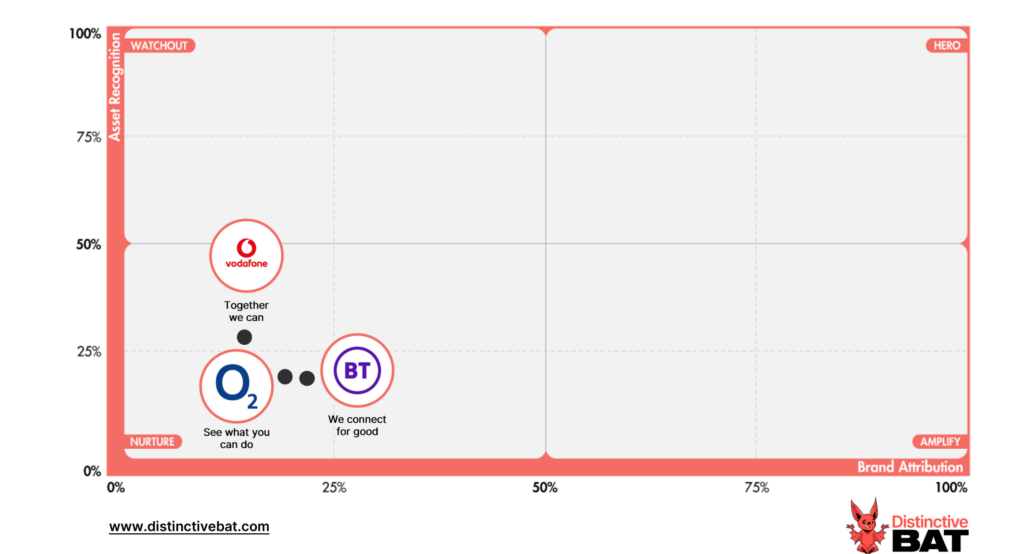
Looking at the U.K. retail category, we finally see a Hero asset with “Every Little Helps” from Tesco, which does score very well. The longevity of the tagline, among other reasons, has created a strong, distinctive asset for the brand.
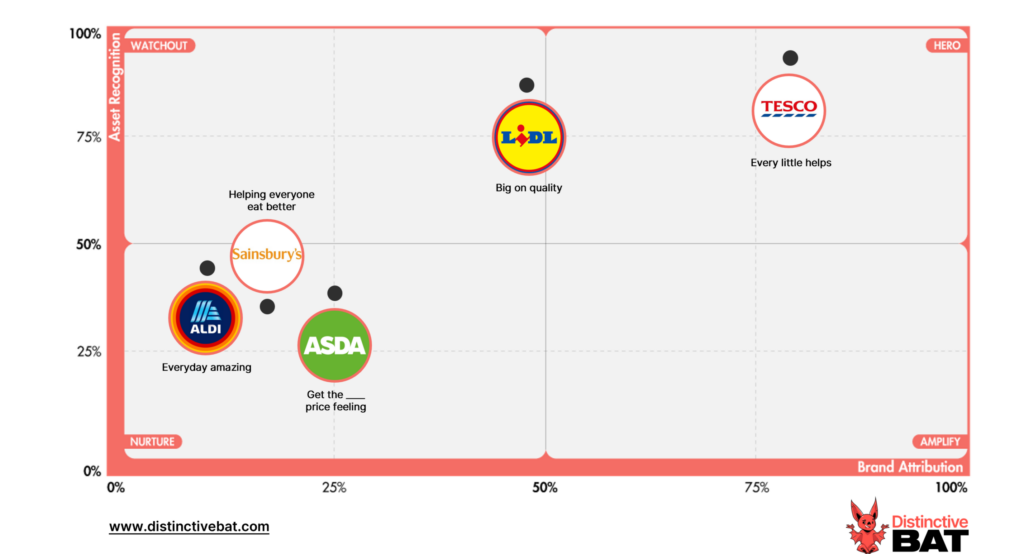
While these results might disappoint some, the reality is that most of the time, taglines don’t play a distinctiveness role; they play a role related to differentiation and positioning. Simply put, it communicates a message or meaning.
For these reasons, it’s essential to have clarity on the role of your tagline; in most instances, it is related to differentiation, in some cases related to helping your brand stand out and your advertising having better brand linkage, and on rare occasions a bit of both (See more here on the difference between Distinctive Brand Assets and Messaging Brand Assets). Having this clarity will ensure that you’re not relying too much on taglines in driving brand linkage, ensuring prominent use of other brand’s assets to do this job for you.
But why are taglines so tricky to own and embed versus other assets? And what can we learn from this in order to better embed taglines as DBAs?
Distinctive Asset Measurement: Brand Research That Provokes Action
Used by some of the world’s most distinctive & leading brands






1. Memory Encoding
A picture paints a thousand words, so true when it comes to distinctive assets. Visual assets are much easier to remember and recall than words only. While this intuitively would make sense to most, it can be scientifically or theoretically even, explained by Allan Paivio’s dual-coding theory. This claims that “pictures have advantages over words with regards to coding and retrieval of stored memory, as pictures are coded more easily and can be retrieved from symbolic mode, while the dual coding process using words is more difficult for both coding and retrieval” ([1],[2]).
Most would agree that words are just harder to remember and consign to memory than other types of assets like characters or even icons. I liken this to how pubs in “olde” England benefited from unusual names utilising pictures rather than in word format only.
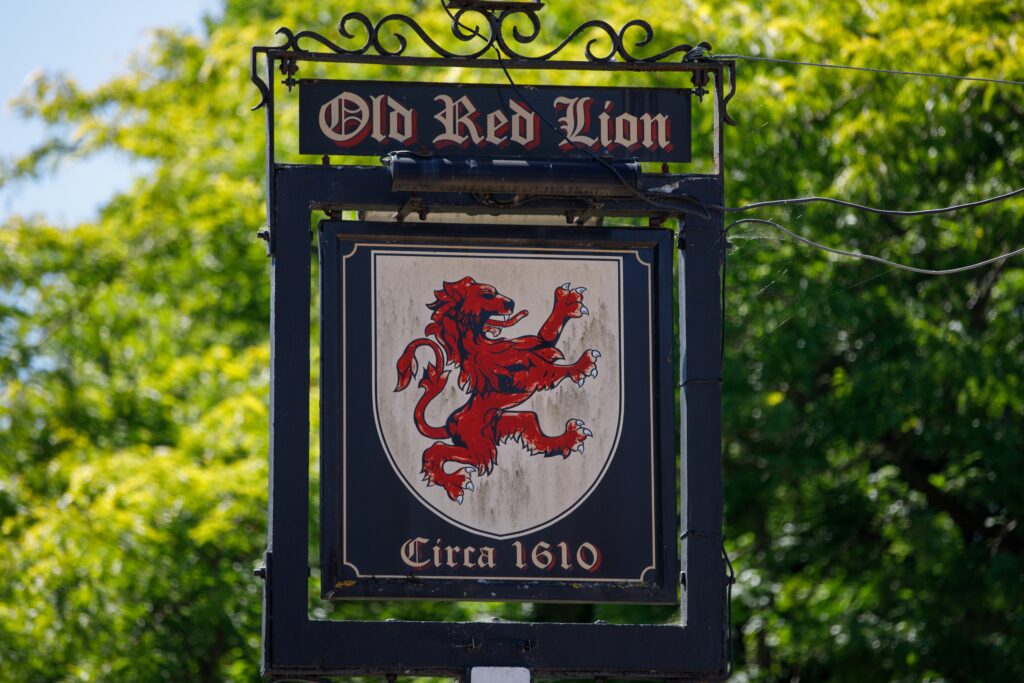
2. Longevity
One of the biggest reasons brands struggle to embed a tagline is the lack of airtime and longevity. So often, taglines last only as long as a brand campaign, which could be anything from 1-3 years on average, very much related to the latest positioning objective or, indeed, brand challenge. With all this chopping and changing, it’s no wonder they struggle to become embedded. Remember, brand assets can sometimes take years to become a hero DBA. This is an important point when picking and prioritising a DBA; if you can’t really guarantee it will be a five years plus asset, it will likely be a fruitless exercise. That doesn’t mean you shouldn’t use it, but don’t expect it to be an ownable distinctive asset.
3. Audio Multiplier
Notably, in this research, some of the best-performing taglines were also aired in jingle format. While we acknowledge some input bias was at play on our part in terms of the assets selected, this is a trend we see in other studies. Needless to say, if you’re committing to a tagline for distinctiveness reasons, turning it into a catchy jingle will not only help to diversify your asset suite for use in audio and AV, but it will also embed the tagline variant with consumers. Two bites of the cherry if you will.
Another interesting observation, perhaps obvious in hindsight, is that the jingle format scored higher than the tagline variant for most dual assets tested. Again, some type of encoding effect is likely in play which makes it easier to remember and recall audio, assisted by tone and music.
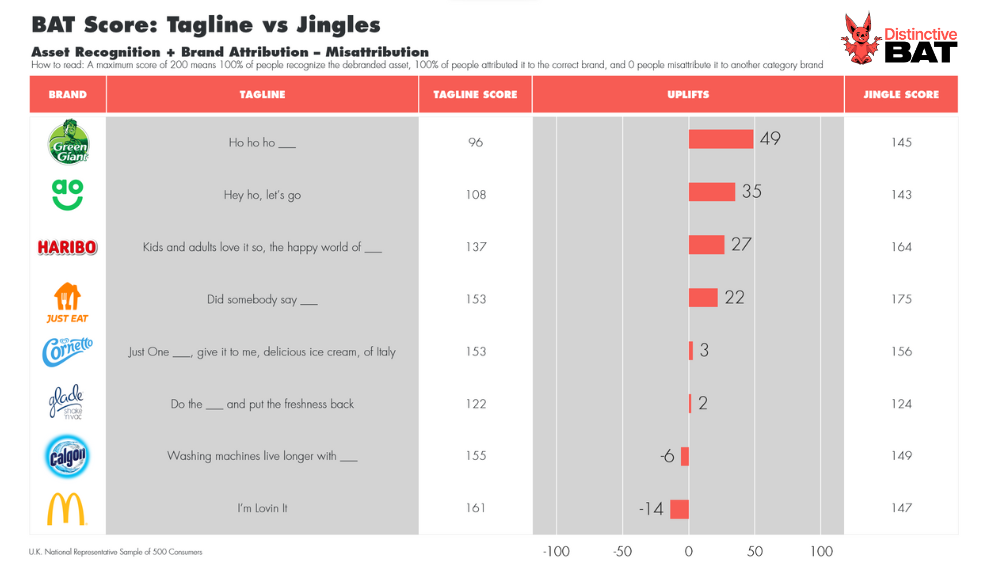
The DNA Of Distinctive Brands
Inspire your team and brand, by understanding how to achieve greater levels of distinctiveness with our guide to Distinctive Brand Assets
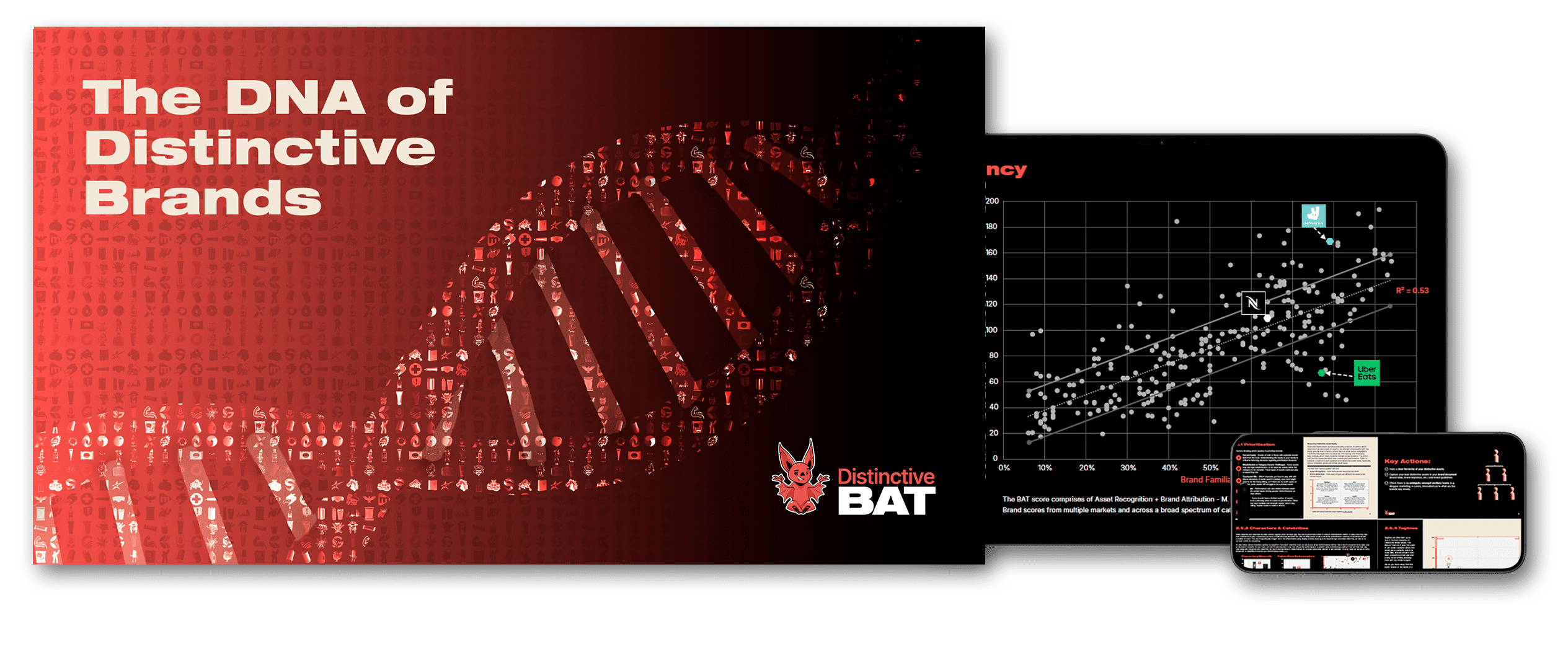
4. Jumping Off Point
Most often, taglines are not creatively applied and are used only as a sign-off at the end of a 30-second advert. It’s naive to think this will be enough. The hardest working taglines are more than just a tagline, they represent the consumer facing manifestation of the “big idea” or creative platform and are the jumping off point for so much creativity.
KitKat exemplifies this with its iconic tagline, which saw 97% Brand Attribution and 98% Asset Recognition, pretty much as good as it gets!
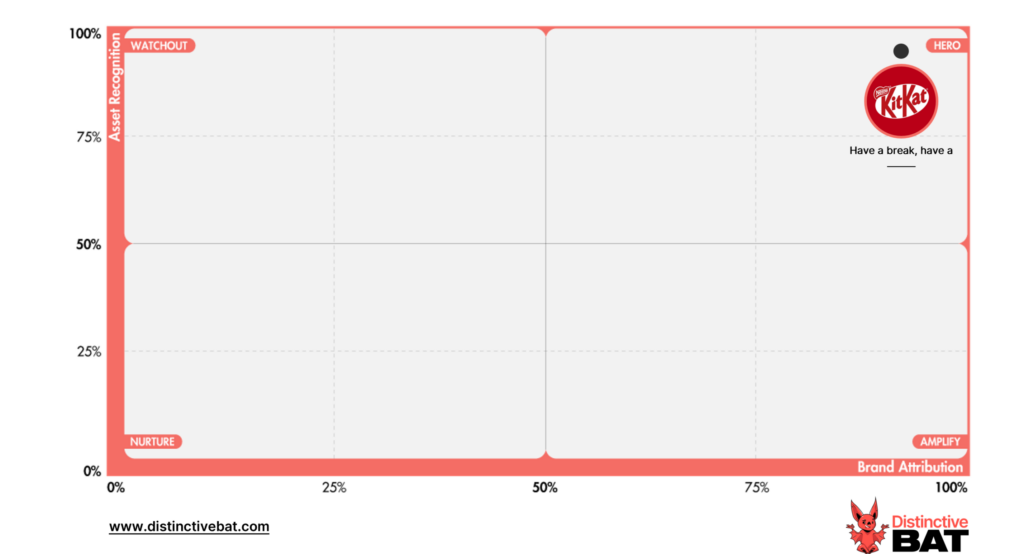
Not only have KitKat used this tagline consistently, but they have also made it the hero of their advertising and a central tenant of their creative. Having this platform provides the perfect amount of focus and direction for creatives to do brilliant work in the development of top-notch advertising.
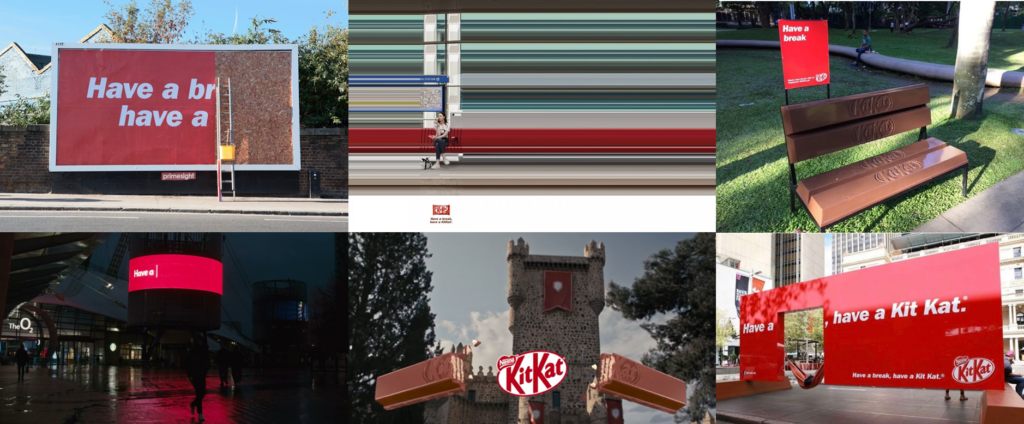
Specsavers is another best practice case study, they utilise their tagline as a platform to create brilliant communications. Their advertising works so hard for the brand, firstly to stand out and grab attention, and secondly, as it screams Specsavers, branding scores would be off the chart. Aside from this, it plays a role in relating the brand back to the category and in creating an irreverent positioning. Their advertising will just work so much harder and offer a much higher ROI than their competitors.
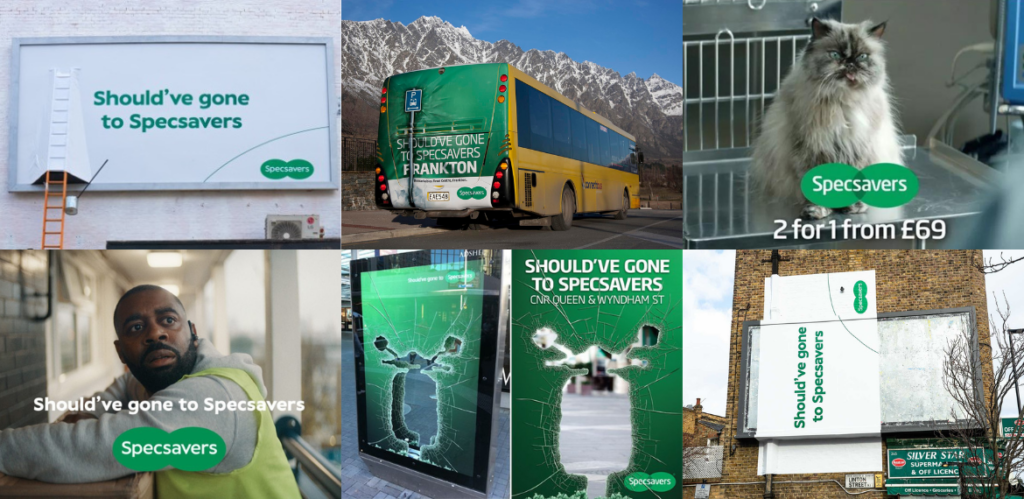
Summary
Creating an ownable tagline that works as a strong DBA is of course possible, however a number of stars need to align for this to happen. As a starting point, be clear on the role and the long-term objective a tagline plays for your brand. Be careful on leaning on a tagline too much, for distinctiveness reasons, as the odds are stacked against you in it landing and embedding. However, as seen from the likes of Kit Kat, if you do find that those few words are becoming more than a tagline and proving to be a beautiful jumping-off point for attention-grabbing creativity, milk it for all it’s worth. You may well have a platform that can play multiple roles, from distinctiveness to attention to differentiation. And that’s when the magic happens.
Contact us here to understand how your Distinctive Brand Assets perform or for help tracking your distinctive assets.
2 https://www.sciencedirect.com/topics/neuroscience/dual-coding-theory
*Plotted on a Distinctive Brand Asset grid, a version of which was originally developed by Jenni Romaniuk and the Ehrenberg Bass Institute
Have any questions on Distinctive Brand Asset Research or Tracking? Drop me a message via LinkedIn or email at hello@distinctivebat.com
Distinctive Asset Measurement: Brand Research That Provokes Action

Used by some of the world’s most distinctive & leading brands






